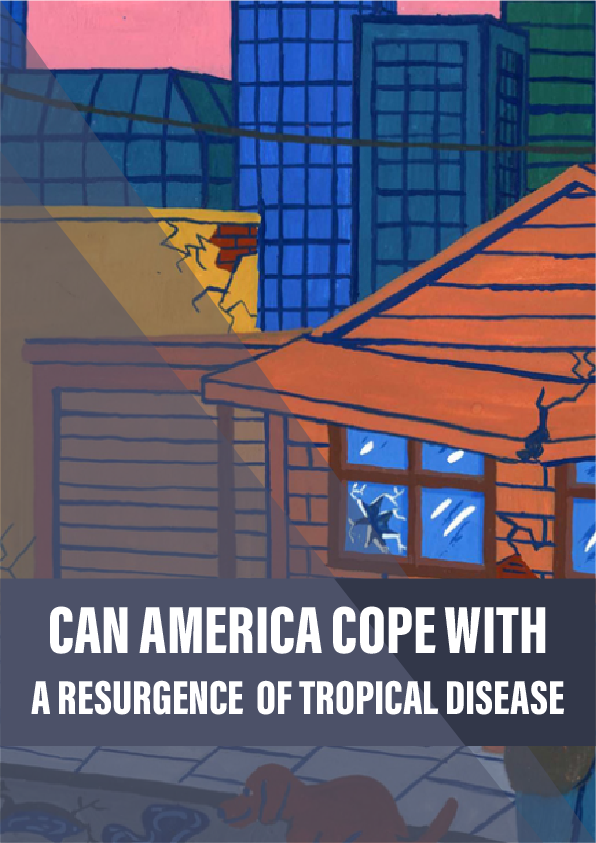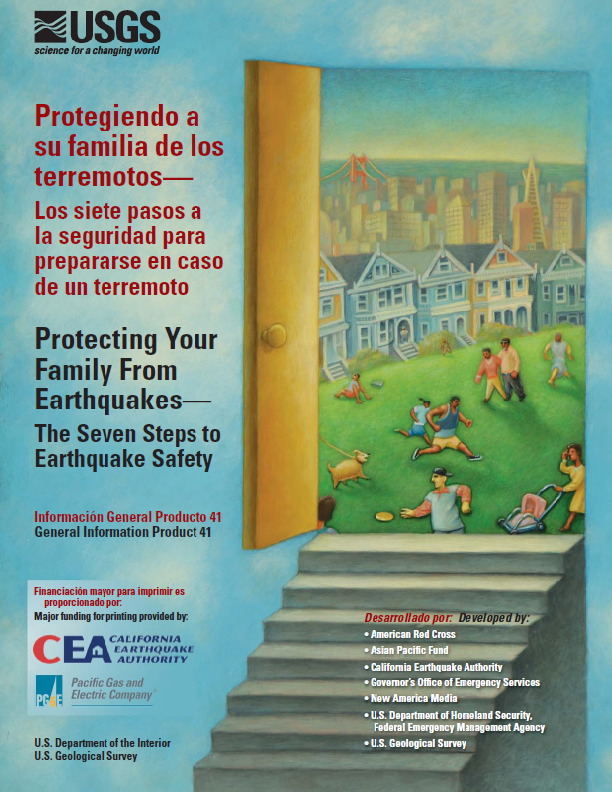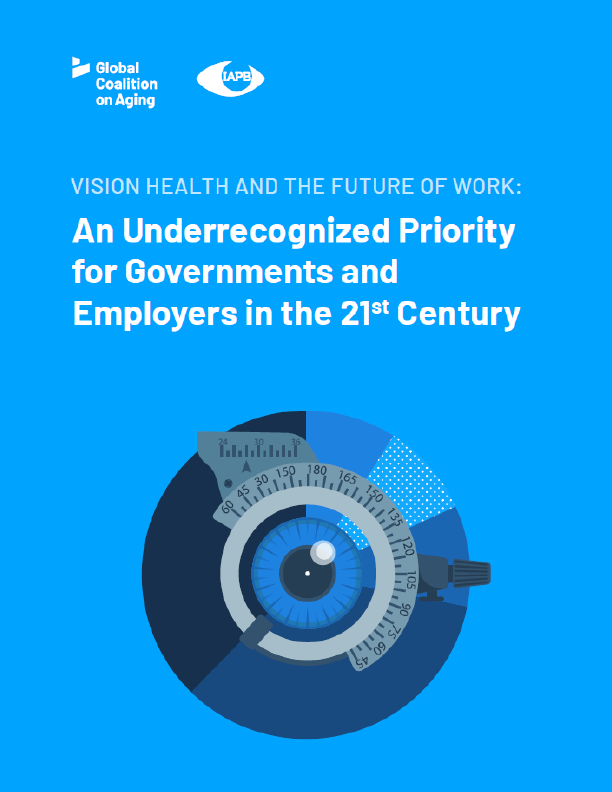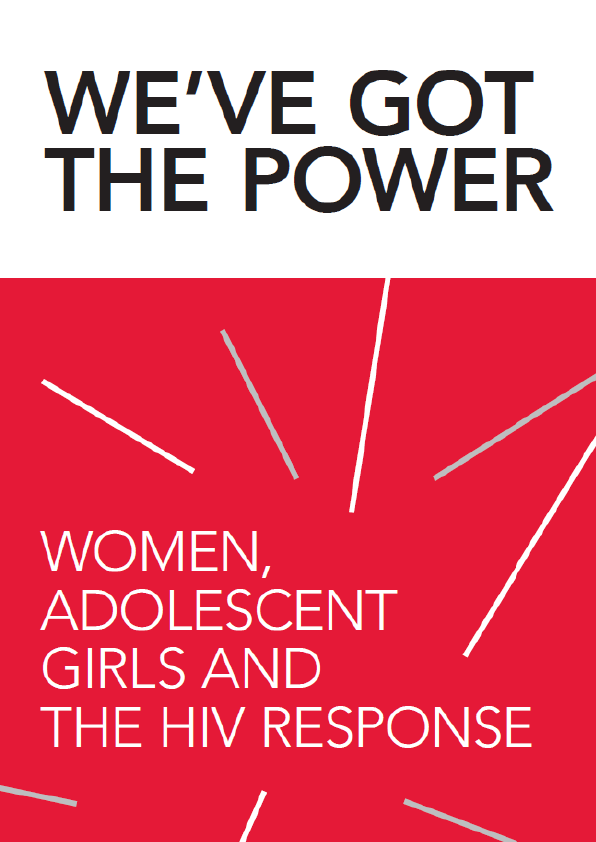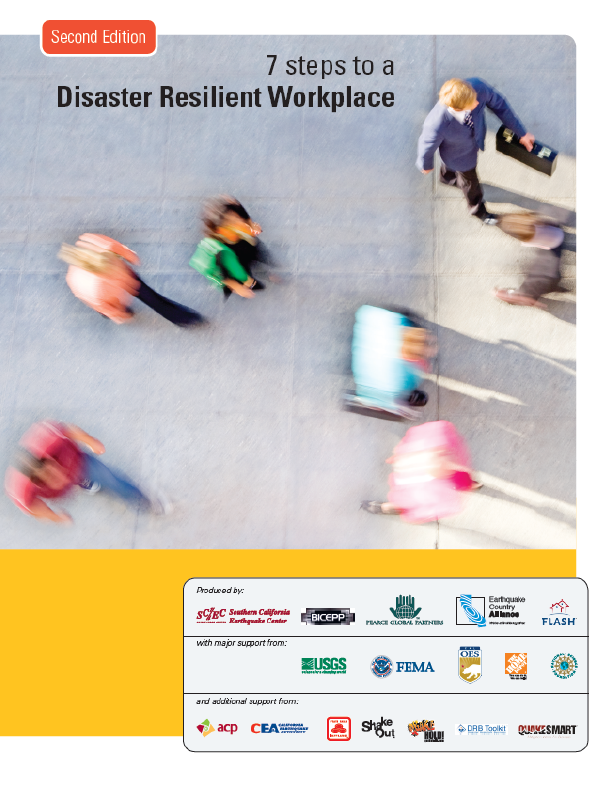Having stamped out a number of tropical diseases – including malaria – decades ago, is America today complacent about a rising wave of infectious disease? By Carrie Arnold.
One rainy Friday morning in March 2015, Dr Laila Woc-Colburn saw two patients with neurocysticercosis (a parasitic infection of the brain) and one with Chagas disease, which is transmitted by insects nicknamed ‘kissing bugs’. Having attended medical school in her native Guatemala, she was used to treating these kinds of diseases. But she was not in Guatemala any more – this was Houston, Texas.
For half a day each week, one wing of the Smith Clinic’s third floor in Houston is transformed into a tropical medicine clinic, treating all manner of infectious diseases for anyone who walks through the door. Since it opened in 2011, Woc-Colburn and her colleagues have treated everything from dengue and chikungunya to river blindness and cutaneous leishmaniasis. Their patients are not globetrotting travellers, bringing exotic diseases back home. The Smith Clinic is a safety net provider, the last resort for healthcare for people on low incomes and without insurance. Many of their patients haven’t left the Houston area for years.
This suggests that what Woc-Colburn sees in the clinic may be just the leading edge of a gathering crisis. Diseases once associated with ‘elsewhere’ are increasingly being found in the southern states of the USA. Infectious disease physician Peter Hotez was so concerned that he founded a school of tropical medicine at the Baylor College of Medicine in Houston, well within the territory that Hotez argues is one of the world’s ten hotspots for so-called neglected tropical diseases.
“While we were calling them neglected tropical diseases, the ‘tropical’ part is probably a misnomer,” says Hotez. “Most of the world’s neglected tropical diseases are in wealthy countries. It’s the poor living among the wealthy.”
Poverty is a critical factor. But the American South’s hot and humid climate, the influx of insects that carry diseases, and the ever-increasing movement of humans have combined with the region’s high poverty levels to create a perfect storm of disease. While we might already have seen some of the storm’s effects, the worst has yet to arrive.
Reference:
- In 2014, Peter Hotez identified ten hotspots for neglected tropical diseases, including one covering Mesoamerica and Texas.
- The CDC has detailed information about Chagas disease.
